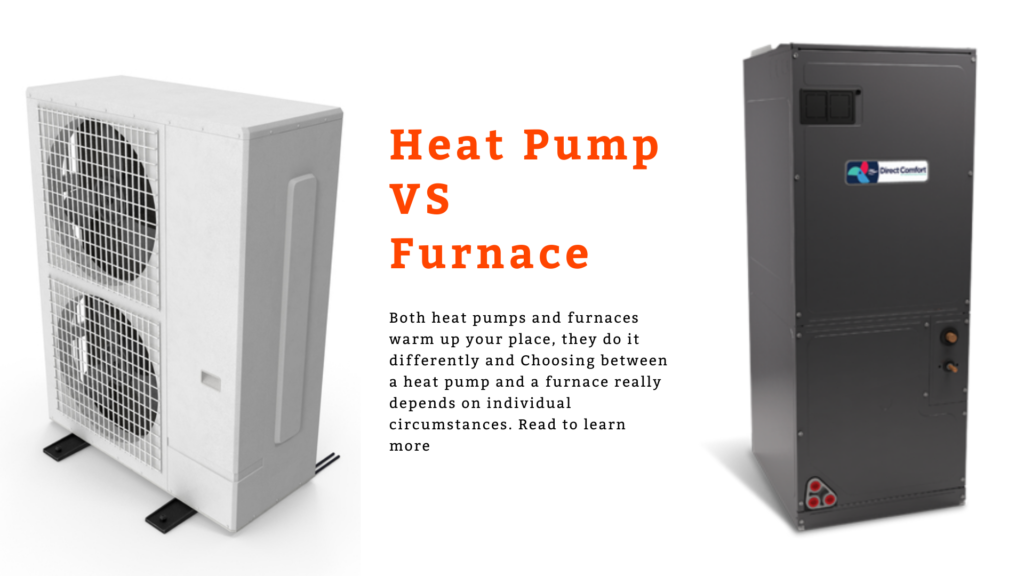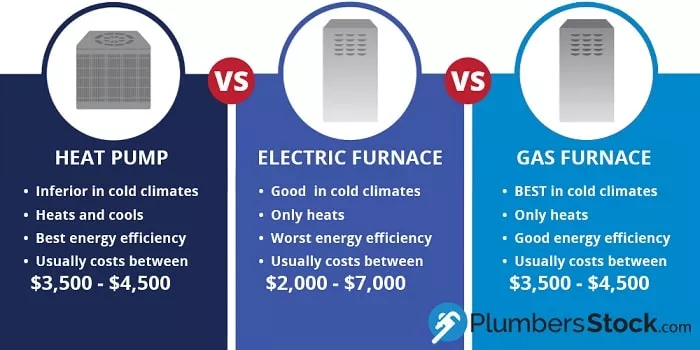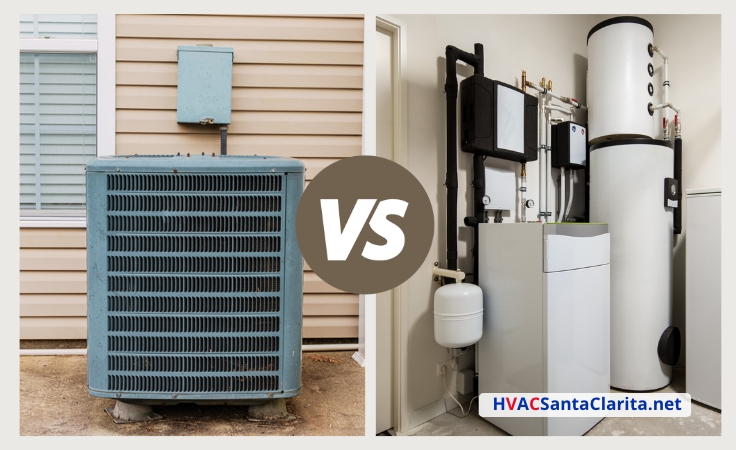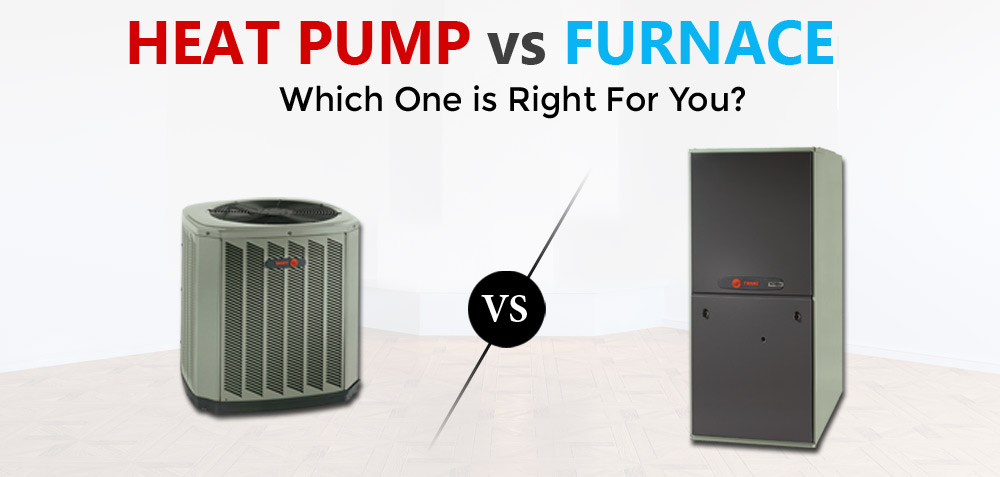Difference Between Furnace And Heat Pump
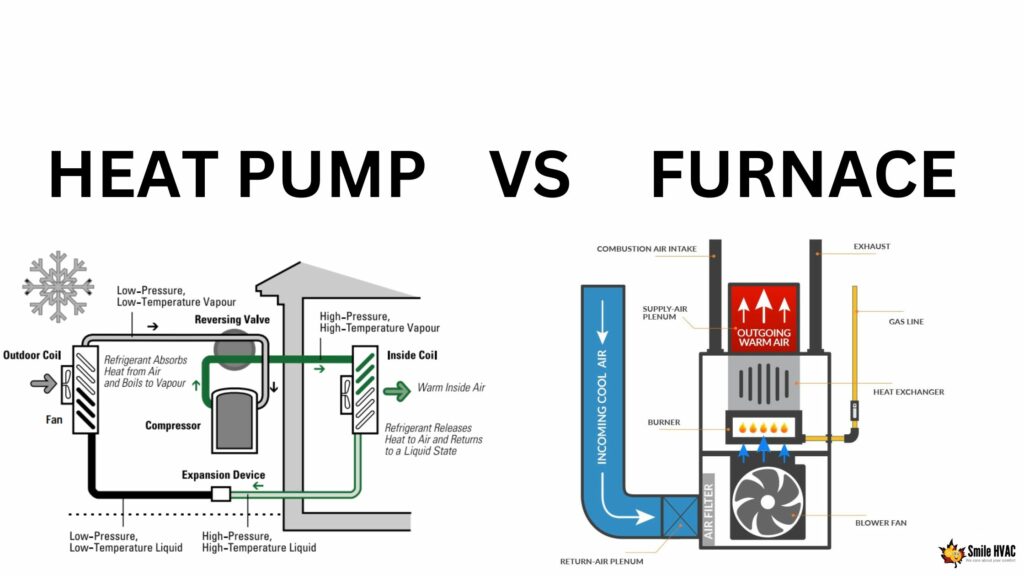
Is your home feeling colder than usual? You've cranked up the thermostat, but the air coming from your vents just isn't as warm as it should be. Before you panic and call for expensive repairs, let's take a look at your heating system. Do you have a furnace or a heat pump? Knowing the difference can make all the difference in troubleshooting common issues.
This guide will walk you through understanding the difference between these two systems and provide some simple, safe troubleshooting steps you can take before calling a professional.
Understanding Your Heating System: Furnace vs. Heat Pump
The first step is identifying what kind of heating system you have. This is crucial, as the troubleshooting steps differ significantly.
Furnace: The Combustion Champion
A furnace is a heating system that generates heat by burning fuel, typically natural gas, propane, or oil. It then uses a blower fan to distribute the heated air through your home's ductwork.
Key Characteristics of a Furnace:
- Flame: You'll often see a blue flame during operation (visible through a small viewport).
- Fuel Source: Connected to a gas line, propane tank, or oil tank.
- Exhaust Vent: Requires a flue or chimney to vent combustion gases.
- Simple Operation: Relatively straightforward heating process.
- Higher Heating Capacity: Generally provides hotter air than a heat pump, especially in very cold weather.
Heat Pump: The Heat Transfer Master
A heat pump, on the other hand, doesn't generate heat. Instead, it transfers heat from one place to another. In the winter, it extracts heat from the outside air (even when it's cold!) and moves it inside your home. In the summer, it reverses the process, removing heat from inside and releasing it outside – acting like an air conditioner.
Key Characteristics of a Heat Pump:
- No Flame: Doesn't burn fuel.
- Electrical Power: Runs solely on electricity.
- Outdoor Unit: Has an outdoor unit similar to an air conditioner.
- Refrigerant: Uses refrigerant to transfer heat.
- Lower Heating Capacity: Can struggle in extremely cold temperatures without supplemental heat.
How to Tell the Difference: The easiest way to tell is to look at the outdoor unit. If you have a large, boxy unit with a fan similar to an air conditioner, it's likely a heat pump. Also, check your energy bills. If you have a gas bill, you probably have a furnace (unless you also have a gas water heater or appliances). If your primary heating source is electricity, it's likely a heat pump or an electric furnace (which is less common). Finally, check near your indoor unit. Is there ductwork leading to a flue? If so, it's likely a furnace.
Common Problem: Lukewarm Air from Vents
Now that you know the difference, let's address the common problem: lukewarm air coming from your vents when you expect warm, comfortable heat. This could indicate several issues, depending on whether you have a furnace or a heat pump.
Troubleshooting a Furnace
If you have a furnace and are experiencing lukewarm air, follow these steps:
- Check the Thermostat:
- Ensure the thermostat is set to "Heat" and the temperature is set a few degrees higher than the current room temperature. This sounds obvious, but it's the most common mistake.
- Verify the thermostat is properly functioning. Try replacing the batteries (if it has them) or resetting it to factory settings (consult your thermostat's manual).
- Check the Air Filter:
- A dirty air filter restricts airflow, reducing the furnace's efficiency and potentially causing it to overheat and shut down. Locate the air filter (usually near the furnace or in a return air vent) and check its condition.
- Replace a dirty filter with a new one of the correct size. This is a simple and inexpensive fix that can make a significant difference.
- Check the Pilot Light (for older furnaces):
- If you have an older furnace with a pilot light, ensure it's lit. Look for instructions on your furnace on how to relight it.
- If the pilot light repeatedly goes out, there may be a problem with the gas supply or the thermocouple (a safety device that shuts off the gas if the pilot light goes out). This requires professional attention.
- Check the Gas Valve:
- Make sure the gas valve supplying the furnace is open. It's usually a lever or knob located on the gas pipe near the furnace.
- If the valve is closed, carefully open it. If you smell gas, immediately evacuate the area and call your gas company or the fire department.
- Check the Blower Fan:
- Listen to the blower fan. Is it running smoothly? A faulty blower motor can cause insufficient airflow.
- If the blower fan is making strange noises or not running at all, it may need to be repaired or replaced by a professional.
When to Call a Professional for Furnace Issues:
- If you smell gas. Evacuate immediately and call your gas company or the fire department.
- If the pilot light repeatedly goes out.
- If the blower fan is making strange noises or not running.
- If you suspect a problem with the gas valve or gas supply.
- If you've checked all the above and the furnace is still not producing sufficient heat.
Troubleshooting a Heat Pump
If you have a heat pump and are experiencing lukewarm air, the troubleshooting steps are different:
- Check the Thermostat:
- Ensure the thermostat is set to "Heat" and the temperature is set a few degrees higher than the current room temperature. Also, make sure it's set to "Heat Pump" mode if applicable.
- Many thermostats have an "Emergency Heat" or "Auxiliary Heat" setting. This bypasses the heat pump and uses electric resistance coils to provide heat. Only use this as a temporary solution, as it's much less efficient than the heat pump. If you're using Emergency Heat, there's likely a problem with your heat pump that needs to be addressed.
- Check the Air Filter:
- Just like with a furnace, a dirty air filter restricts airflow and reduces efficiency. Replace a dirty filter with a new one of the correct size.
- Check the Outdoor Unit:
- Visually inspect the outdoor unit. Is it free of debris like leaves, snow, or ice? Obstructions can significantly reduce its ability to extract heat from the air.
- Clear away any debris from around the unit. Be careful not to damage the fins.
- In cold weather, it's normal for the outdoor unit to ice up periodically. Most heat pumps have a defrost cycle that will automatically melt the ice. However, if the unit is excessively iced over, there may be a problem.
- Check for Ice Buildup:
- A small amount of ice is normal. However, excessive ice buildup can indicate a problem with the defrost cycle or low refrigerant levels.
- If you suspect a defrost problem, try turning off the heat pump for a few hours to allow the ice to melt. Then, turn it back on and see if the problem recurs.
- Listen to the Outdoor Unit:
- Is the outdoor unit running? If not, check the breaker in your electrical panel.
- If the unit is running but making strange noises, there may be a problem with the compressor or fan motor.
Understanding Auxiliary Heat: Heat pumps are less effective in very cold weather. When the temperature drops below a certain point (usually around 30-40°F), the heat pump may not be able to provide sufficient heat on its own. That's when auxiliary heat (electric resistance coils) kicks in to supplement the heat pump. It's normal for auxiliary heat to run occasionally in very cold weather, but if it's running constantly, there's likely a problem with your heat pump's efficiency.
When to Call a Professional for Heat Pump Issues:
- If the outdoor unit is excessively iced over, even after the defrost cycle.
- If the heat pump is making strange noises.
- If the auxiliary heat is running constantly, even in moderately cold weather.
- If you suspect a refrigerant leak.
- If the outdoor unit is not running, even after checking the breaker.
- If you've checked all the above and the heat pump is still not producing sufficient heat.
Safety First!
Before performing any troubleshooting steps, always turn off the power to the furnace or heat pump at the breaker. This will prevent electrical shock. If you're uncomfortable working with electrical components or gas lines, do not attempt any repairs yourself. Call a qualified HVAC technician.
Preventive Maintenance
The best way to avoid heating problems is to perform regular preventive maintenance. This includes:
- Changing the air filter regularly (every 1-3 months).
- Cleaning the outdoor unit of debris.
- Having your furnace or heat pump professionally inspected and serviced annually.
By understanding the difference between a furnace and a heat pump and following these troubleshooting steps, you can often diagnose and fix common heating problems yourself. Remember to prioritize safety and call a professional when necessary. With a little knowledge and effort, you can keep your home warm and comfortable all winter long!


